‘They stuffed up’: How the hospital lost my mum’s arm
A GOLD Coast woman was left devastated when hospital staff told her the amputated arm she desperately wanted to keep had been destroyed.
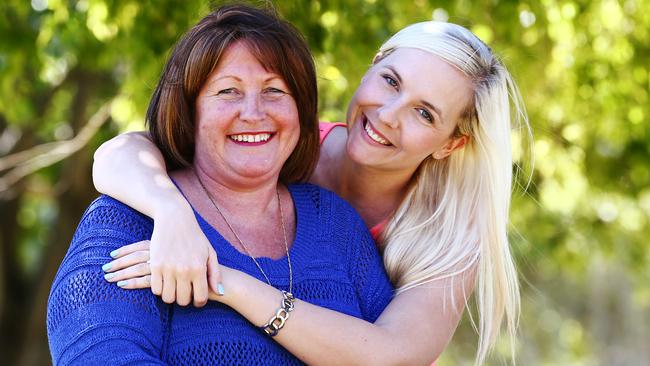
WHEN hospital staff arrived to deliver an update to my mum after her arm amputation surgery I thought they’d got something seriously wrong.
“We understand you wanted to keep your arm and we’re sorry about what’s happened,” the doctor in the vascular ward of the Gold Coast University Hospital said as my mother, Yvonne Salo, sat recovering.
Cue immediate confusion from me who was thinking: “You know she wanted it to be removed, right?”
Turns out they did get it wrong after all. Unbeknown to me and some of our other family members, Mum had organised to keep her arm on ice.
As strange as it sounds, patients can and do ask to keep their amputated limbs for religious or other personal reasons and arrange for hospitals to have body parts sent to the morgue instead of medical waste.
Mum isn’t religious. She has metastatic breast cancer.
It’s the kind of cancer that evolves from an initial diagnosis and is deemed fatal because of how it has spread and continues to attack the body.
She didn’t, understandably, get to keep her breast when it was removed — although I’ve since discovered that people try to keep all kinds of body parts, sometimes simply for show.
So in Mum’s mind — as slightly morbid as it may be — she didn’t want to go to the grave with another body part missing.
The plan was to keep her amputated arm frozen and eventually have it cremated so she could be “reunited” with it one day — hopefully a long time from now.
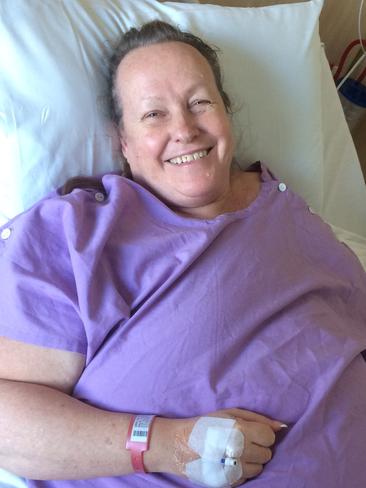
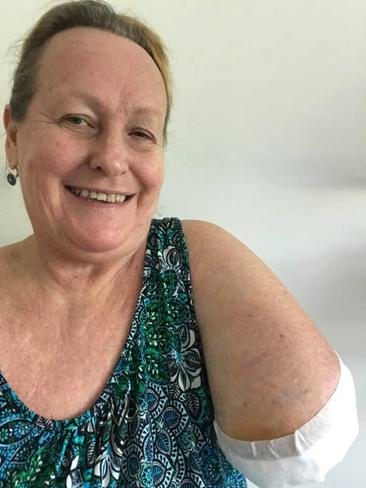
My unbelievably brave mother isn’t just courageous for voluntarily putting her hand up to have it chopped off, but because she’s already lived through 13 years of cancer.
She’s still going but is fearless enough to know to make plans in case, at any moment, that changes.
Mum organised with her surgeon to make sure the surgical team knew to keep the arm.
“They had only dealt with religious reasons before but they didn’t think it was a problem for me to keep it for cremation and were happy to do it for me,” she said.
“It was a pity they didn’t take better care.
“They stuffed up and I’m just amazed how quickly they destroyed it. I guess the morgue just likes to get things out and the medical waste people don’t want to store things either.”
Somewhere between the arm reportedly being wrapped up to be sent to the freezer, it disappeared.
The next day a couple more medical staff returned to deliver the bad news.
They couldn’t find mum’s arm. It had accidentally gone to medical waste where it had been destroyed.
Mum was understandably upset, and still is weeks later.
“I still keep thinking it’s down in the morgue and been misplaced because they disposed of it so quickly,” she said.
“The whole thing is just strange.”
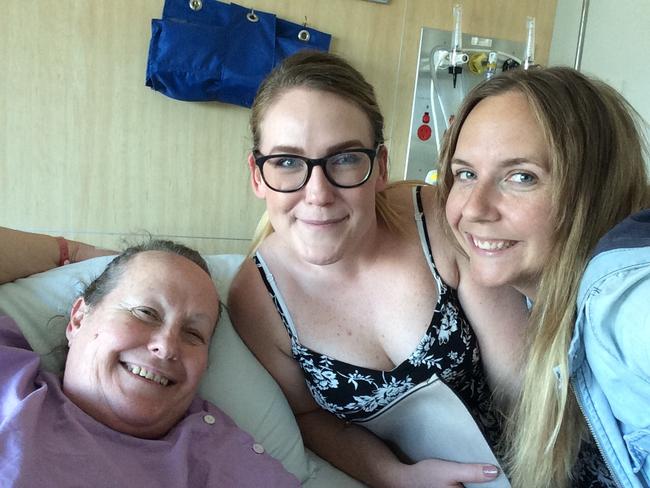
That idea of keeping amputated limbs itself isn’t so crazy. Some New Zealand hospitals reportedly have several legs in cold storage, one which has been there for seven years longer than expected because its owner has not returned to collect it.
More than 8000 lower-limb amputations are performed in Australia each year, but upper-limb removal only makes up an estimated five per cent of that figure.
Melissa Noonan, chief executive of Limbs 4 Life, Australia’s peak body for amputees, said most involved adults with type 2 diabetes and vascular disease.
Mum’s arm had been useless and painful for years because the tumour that appeared in her shoulder pressed on her nerves and eventually caused irreparable damage.
Her arm certainly wasn’t in any state to preserve and put on the mantelpiece, but people do actually do that.
While for Aboriginal and Torres Strait Islanders, Muslim and Maori patients it is important that all parts of the body are buried together, others simply want evidence to go with a good story to tell.
Some people request to keep their gallstones to show them off in a jar, as well as serving as a memory of victory overcoming something painful, but certain hospital services have refused.
Doctors can refuse to give body parts back and different hospitals have their own policies on the issue.
But some experts say keeping your own body part isn’t any more dangerous or hazardous than keeping a steak, unless there is a disease or health issue attached to it.
“If people aren’t offered the option to keep it, they probably wouldn’t know they could,” Ms Noonan said.
In the UK amputees say there should be more choices made available because currently hospital trusts and surgeons are left to decide their own policy in regard to amputations.
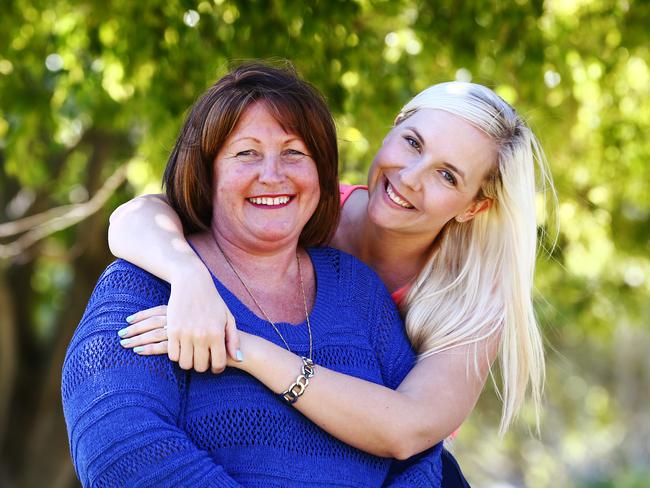
“The surgeon told me he had patients who kept them for religious reasons and that it had been done before so it’s not like they didn’t know about it,” Mum said.
“They were supposed to store it at the morgue in the freezer until the funeral home picked it up.”
A spokeswoman for Gold Coast Health said destroying the arm would have been an accident.
“Keeping an amputated body part is a unique request and it would not have been a conscious decision to go against the patient’s wishes,” the statement said.
The spokeswoman said what happened to Mum had raised a “complex” topic “in relation to legislation, ethics and personal choice”, and that it would be discussed at an upcoming Clinical Council meeting.
The good news is, for the first time in as long as I can remember, my mum is pain free.
She’s been off pain medication for the last few days.
The surgery can be deemed a success.
And hopefully she’ll stay healthy enough to not have to contemplate removing — and saving — another body part, or having any strangely go missing again.



